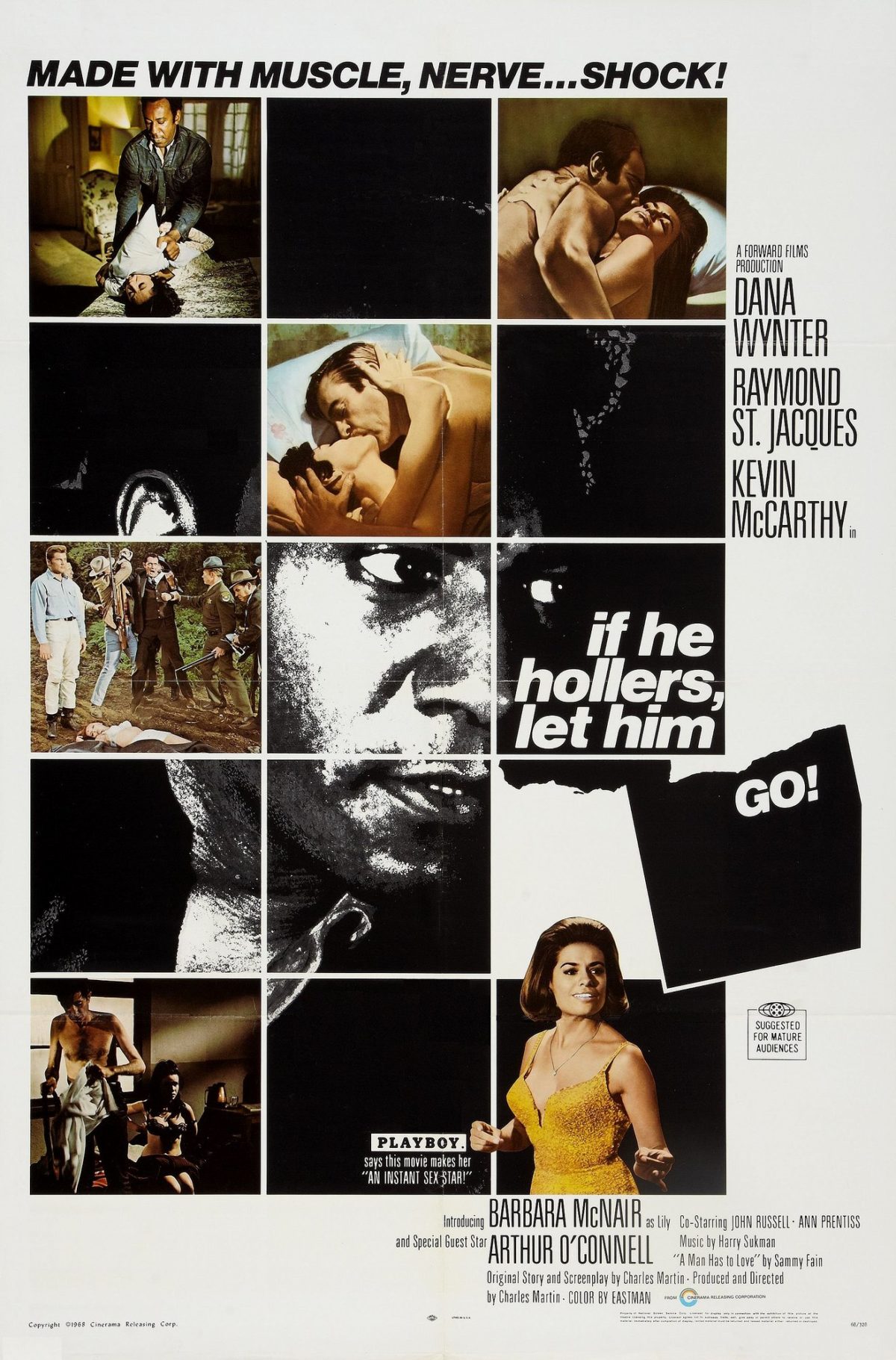In Raymond Chandler: The Detections of Totality, Fredric Jameson writes:
… the principal effect of violence in the American detective story is to allow it to be experienced backwards, in pure thought, without risks, as a contemplative spectacle which gives not so much the illusion of life as the illusion that life has already been lived, that we have already had contact with the archaic sources of that Experience of which Americans have always made a fetish (5).
In both of the works we’ve encountered so far, The Maltese Falcon and Farewell, My Lovely, it is an act of violence that spurs our protagonists towards the action of the plot. Sam Spade’s partner, Miles Archer, is killed while tailing Floyd Thursby, who also winds up killed under mysterious circumstances. Archer’s murder propels Space to investigate the circumstances around his death; he reaffirms this at the end of the novel, saying to Archer’s killer, Brigid O’Shaughnessy: “‘When a man’s partner is killed he’s supposed to do something about it. It doesn’t make any difference what you thought of him. He was your partner and you’re supposed to do something about it’” (116).
Noir, with its treatment of established forces of power, law enforcement, the private eye outliers, and morally ambiguous side characters, is especially effective when intervening in politics and society. Sam Spade’s response to the violence inflicted upon his partner, a white man of equal standing, speaks to the moral order presumed to exist by Dashiell Hammett. Sam Spade, an aspirational figure of self-assured, white masculinity, juxtaposes the flawed characters we meet through his investigation of the murder: an effeminate man, a fat man, a subserviant boy for hire, and the classic femme fatale. Under Jameson’s notion of the “contemplative spectacle,” readers are made immediately aware of the blight upon each of these characters; their characterization contributes to the larger, broader spectre of immorality that contributed to the killing of Mile’s archer.
Farewell, My Lovely also opens with a murder, the killing of Sam Montgomery by Moose Malloy. The circumstances surrounding the death differ greatly from The Maltese Falcon. Philip Marlowe is investigating a missing person case when he sees a felon, Moose Malloy, attacking a man outside a nightclub. The victim of this violence, a black man at a black establishment in a predominantly black neighborhood, is referred to as “It,” lacking in any sympathy or humanization (5). Marlowe, a white man, approaches the nightclub out of curiosity and is himself accosted by Malloy, also white. Malloy drags Marlowe upstairs and proceeds to batter the club’s black bouncer; Marlowe, with an air of cool, views the scene with a curiosity that suggests he’s less of a hostage and more of an aggressively encouraged coconspirator. It isn’t until Malloy goes into the back and shoots Montgomery, the owner, that Marlowe vocalizes any objection to Malloy’s violence. This opposition is spoken by Marlowe to the terrified barkeep, another black man, who Marlowe belittles and handles roughly.
The rest of the novel unfolds much like The Maltese Falcon, in the sense that its investigation adheres to the structure/form of the “contemplative spectacle” introduced by Jameson. However, unlike Sam Spade’s investigation, Marlowe takes on the case by chance. In his narration, he says: “Nothing made it my business but curiosity. But strictly speaking, I hadn’t had any business in a month. Even a no-charge job was a change” (21).Whereas Sam Spade’s motivation came from a moral order that demands justice for an equal, a fellow white man, Philip Marlowe’s motivation comes simply from a place of curiosity and boredom, plus vague promises from the police for favorable treatment in the future. Farewell, My Lovely’s intervention of politics and society, whether intentional or not, communicates an American reality rooted in racism. Justice isn’t sought for black victims of violence though a necessity of the American moral order; rather, the threat posed by the perpetrator of said violence to society as a whole, potentially other white people, compels law enforcement to act, though they do so apathetically.

The passage of Jameson’s that you quoted was one that immediately stuck out to me because of its very clear differentiation between the purpose of violence (and in the case of the two books we have read thus far, murder) in American novels and its purpose in English novels. In a sense, the quote gave me insight into how to look past the murder to uncover a deeper, more meaningful message in noir novels. As you point out, the “contemplative spectacle” that Jameson describes is the most important part of murder in American novels. While this may seem a basic idea, it is something that I was struggling with before reading Jameson because I was so wrapped up in the surface level aspects of the story (the murder, the investigation, the femme fatale, the solution to the case) that I was missing the spectacle happening under my nose. I really like how you identify the spectacle in each novel ranging from the “blight” of the male characters not named Sam Spade to the racism that underlies the entirety of Chandler’s novel. Looking at the examples of the contemplative spectacle which you picked out in our first two books, I think I have a more solid foundation for identifying such a spectacle in the noir that we will read going forward.